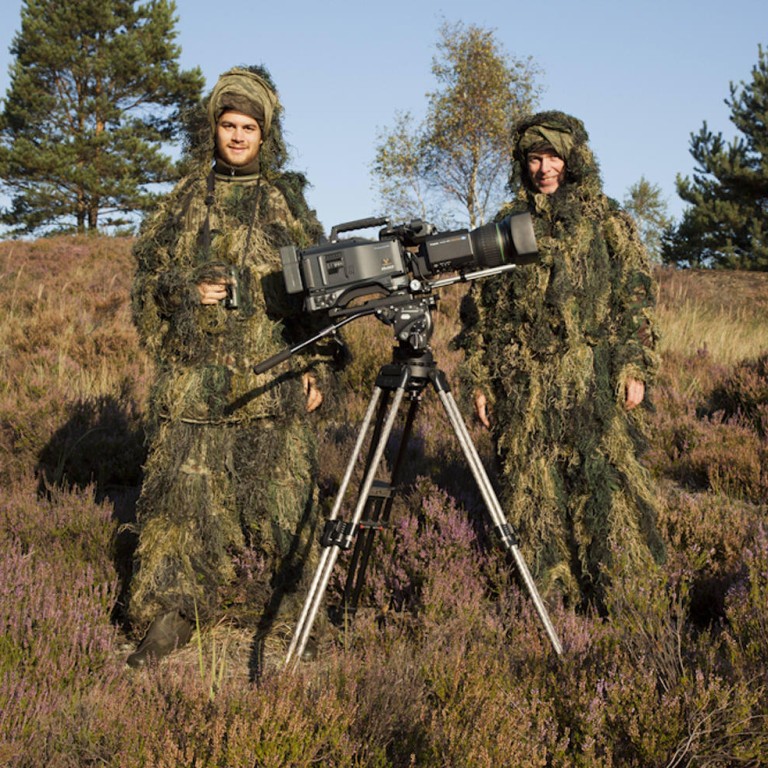
What's On TV: innovations that changed the world in How We Got to Now
Mark Peters
After every public holiday or sunny weekend, the streets, beaches and barbecue areas in and around Sai Kung are strewn with litter. I imagine it's the same sad scenario in Stanley, on Cheung Chau and at most of Hong Kong's other picturesque locales. It's amazing how some of us, supposedly intelligent beings, haven't yet discovered the hypocrisy in littering spots we visit because they are idyllic.

In , the first episode of six-part BBC documentary series (TVB Pearl, Wednesday at 9.30pm), author and entrepreneur Steven Johnson (like me, you may never have heard of him, but he has more than 1.4 million Twitter followers) tries to explain how radical ideas and extraordinary inventions over the past 150 years have changed our grubby world into an infinitely cleaner one. (Did you know dirty water has killed more humans than all the wars in history combined?) The show demonstrates it's the little-known innovators who are the true heroes of the modern age.
Charting the twists and turns of history, science, business and technology that have shaped society, Johnson takes a plunge into a city sewer and the tide of toxic waste that, thanks to one maverick engineer, now flows beneath the streets rather than through them. He also tells the story of how one man, John Leal, was so sure that chlorine would make water safe to drink, he "poisoned" the water supply of 200,000 people in Jersey City, in the United States, without authorisation. If it had gone wrong, that would have been quite a killing spree.

One place on the planet that has clean water and remains unsullied after a public holiday (probably) is Lusatia. Located in the east of Germany, near the Polish border, Lusatia is one of the most exciting natural environments in Europe, full of extreme scenic contrasts and rare fauna (top and above right). It was once scarred by brown coal mining (above) and the cold war, but nature has started to claw its way back across the region, which has become home and refuge to animals that had been absent from these parts for centuries. Wolves roam the border zone and red deer prance across old military training grounds. Elk populations are beginning to flourish in the wooded swamplands as sea eagles dive for fish in the lakes created by the mining industry.
With up-close photography and cineflex flight recordings, (TVB Pearl, Tuesday at 9.30pm) offers an extraordinary insight into this unique habitat, and while it may lack the Attenborough touch, it does reveal nature's ability to heal itself - if only mankind would let it.
